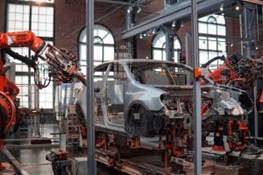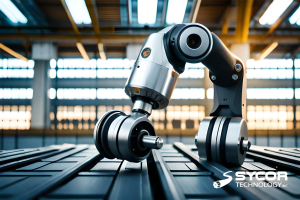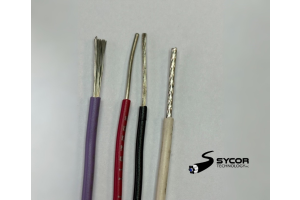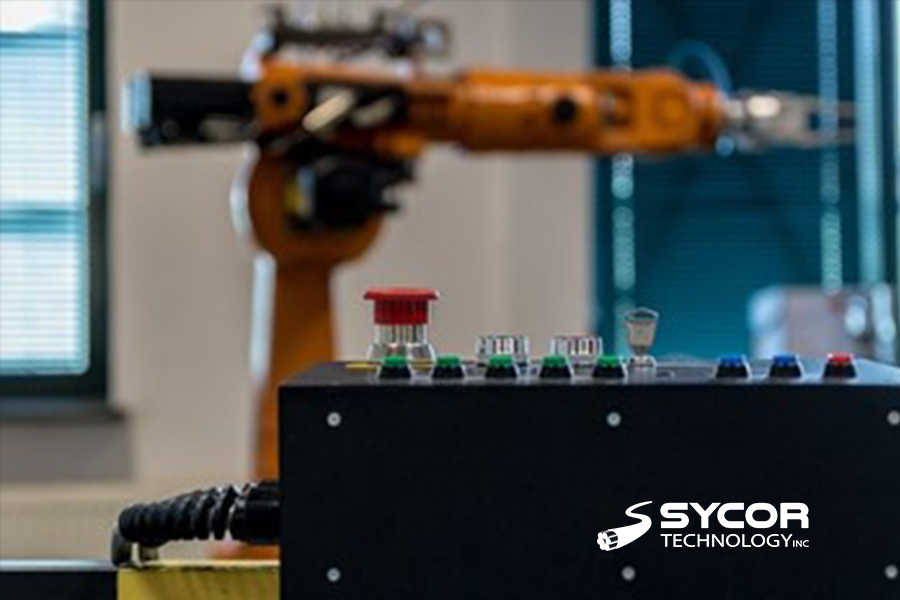
Cobots & Robots
The most simple way to understand how cobots and industrial robots differentiate from one another is that cobots are designed to work alongside human employees, while industrial robots fully replace employees. A cobot is able to assist an employee with work that may be deemed too dangerous or tedious. In contrast, standard robotics are designed to function entirely autonomously and are able to operate without any human interaction consistently. This frees up manpower and space on the manufacturing floor and saves on general labour costs, which in turn frees up employees for more meaningful tasks that are less repetitive and mundane.
One of the more unique features of cobots is their high level of adaptability. Cobots are designed to be highly versatile, enabling them to be moved to different locations in the manufacturing line. This is significantly easier for cobots than it is for industrial robots as they don't require any guarding, making them highly mobile and basically a plugin-and-go application.
Cobot = A computer-controlled robotic device designed to assist a person.
Robot = A machine that's able to replicate certain human movements and functions automatically.
Robots
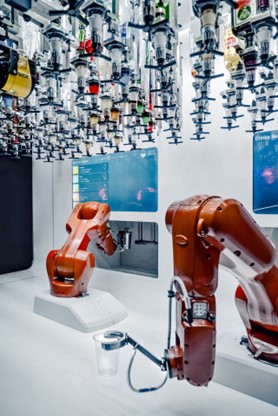
Industrial robots are typically large, fixed equipment designed for high-volume, precise accuracy, and rapid production. With increased speed and accuracy, robotic arm movements can become a safety risk to the surrounding employees. The initial cost of these industrial robots is significant and often is the deciding factor for whether an organization is willing and capable of making this considerable investment a practical reality. The costs also include specific training, safety barriers, and safety training, as outside professional services are often required to help initially set up these large investments.
Robots have several benefits going for them, like reducing safety risks to employees, cutting costs, and improving efficiency. Still, people frequently misunderstand how to incorporate an automated robotic solution effectively. Manufacturers will often expect cobots to replace their low-level workers entirely or take on heavy manufacturing work better suited for an industrial robot. These aren't unrealistic goals, but as previously discussed, cobots are designed to work alongside employees and empower them in ways that increase operational efficiency. Robots and cobots have places in manufacturing, but cobots should be considered a lower-cost shortcut towards partial automation in the workplace, as fully automated robotics have greater potential to increase manufacturing efficiency.
Another problematic area for cobots and robots is the customization options and costs. Cobots and industrial robots can both be customized to better accommodate their size and the different requirements for particular applications. You should not expect the cost, programming, or engineering to be the same, even for similar robotics. Specific models of robotics will have multiple pre-engineered designs that help save on costs associated with having to engineer your own custom solution. Industrial robots are available in both standard models and highly customized ones. Industrial robots are traditionally larger than cobots, which means they would also require additional floor space to operate safely. There are usually many different solutions, each of which provides specific benefits that will help applications in various ways.

Sycor has been in the cobot and industrial robot industry for several years and has supplied a number of general automation cabling constructions, some of which are our Tray cables, Power cables, Communication cables, and Cable management products. The Sycor team also goes a step further than our competition and offers in-house cable assemblies and wire harnesses. Being in the industry for over 30 years, we understand that versatility and reliability are key for making cobot or robot installations a cost-effective solution. Whether you're interested in a prototype, Kanban program, or consigned manufacturing, Sycor can do it from beginning to end. If you're developing a new product or sub-assembly that requires internal cabling or a wire harness, our team has the knowledge and experience to help make your cobot or robot application a reality.
Cobot Benefits:
|
Robot Benefits:
|
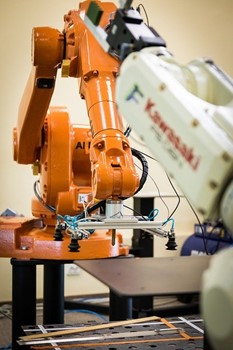 |
VS |
|
Robots and cobots are quite similar but do have some big differences, whether it be the application's autonomy, effectiveness, or the overall investment required. Manufacturing has constantly been changing over the years and has gone through a number of different phases that have ultimately forged the world's manufacturing industry into what it is today. Whether you're manufacturing overseas, manufacturing locally, or moving into the future with robotic automation, each manufacturing option has a number of benefits and challenges that must be overcome. With manufacturing beginning to restore consistently for a number of industries around the world, industry experts believe that robotic automation and cobot sales will continue to grow. By locking down reliable supply chain management, cobot and robotics can help in future-proofing manufacturing, aiding in avoiding large shutdowns due to extenuating circumstances.
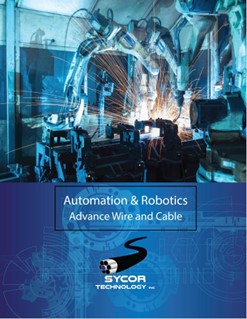 |
For more information about us:
Call Toll Free - 1.800.268.9444 or Email Us - [email protected]

